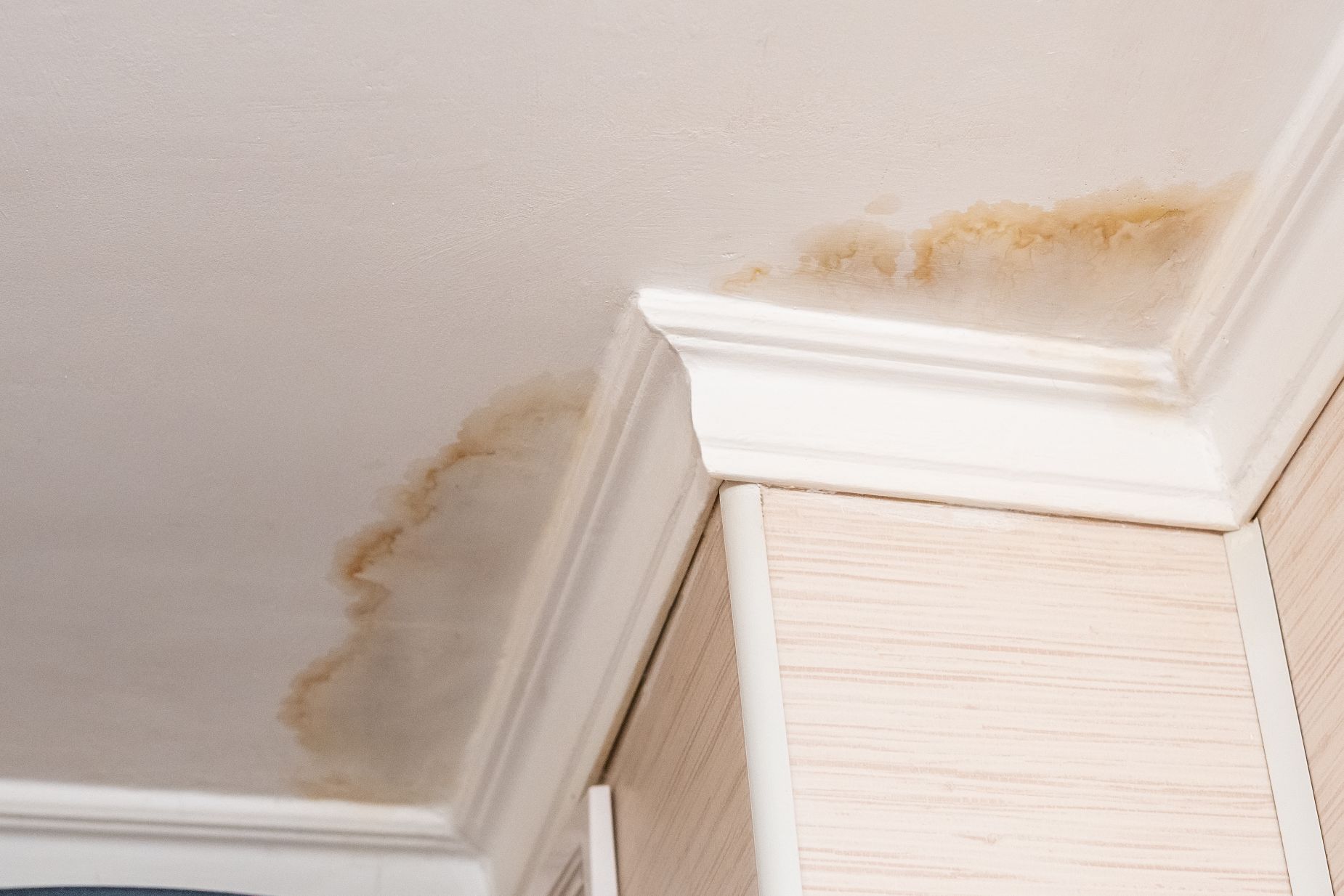Discover the causes of roof leaks in heavy rain and effective solutions to prevent them, ensuring a leak-free roof and protected ceiling.
Common Problems Faced During Heavy Rain
Heavy rain can lead to various issues such as roof leaks, ceiling leaks, water damage, and compromised structural integrity of buildings.
Importance of a Leak-Free Roof and Ceiling
A leak-free roof and ceiling are crucial for protecting the structural integrity of a building, preventing water damage, and maintaining a safe and comfortable indoor environment.
Understanding the Causes of Roof Leakage
Poor Installation and Maintenance
Improper installation and inadequate maintenance practices can contribute to roof leaks, compromising the effectiveness and longevity of the roofing system.
Insufficient Sealing of Roof Components
Inadequate sealing of roof components, such as flashing or sealants, can create weak points that allow water penetration and lead to roof leaks.

Lack of Regular Inspections and Maintenance
Neglecting regular roof inspections and maintenance can result in undetected issues, leading to roof leaks during heavy rain or other weather events.
Damaged or Missing Roofing Materials
Damaged or missing roofing materials, such as cracked or broken tiles, can create openings that allow water ingress, leading to roof leaks.
Damaged Flashing or Sealants
Damaged flashing or deteriorated sealants around roof components, such as chimneys or vents, can be entry points for water and cause roof leaks.
Clogged Gutters and Downspouts
Clogged gutters and downspouts prevent proper water drainage, leading to water overflow, roof ponding, and potential roof leaks.
Importance of Proper Water Drainage
Proper water drainage is vital to prevent water accumulation on the roof, which can cause roof leaks and other water-related issues.
Consequences of Clogged Gutters and Downspouts
Clogged gutters and downspouts can result in water overflow, foundation damage, erosion, mold growth, and ultimately, roof and ceiling leaks.
Preparing Your Roof for Heavy Rain
Take steps to prepare your roof for heavy rain, including roof waterproofing, ensuring proper drainage, and addressing potential vulnerabilities.
Regular Roof Inspections
Regular roof inspections are crucial to identify and address any issues or potential roof water leaks before heavy rain occurs.
Roof Maintenance Tips
Follow roof maintenance tips such as clearing debris, inspecting and repairing damaged shingles, and maintaining gutter systems to prevent roof water leakage.
Importance of Adequate Attic Ventilation
Adequate attic ventilation helps prevent moisture buildup, reducing the risk of roof water leakage and enhancing the longevity of the roof.
Enhancing Waterproofing Measures
Improve roof waterproofing by applying sealants, coatings, and membranes to create a protective barrier against water penetration and roof water leaks. Also, check out Scientific Waterproofing and Roof Waterproofing.
Roof Coatings and Sealants
Applying roof coatings and sealants enhances the waterproofing of the roof, providing an additional layer of protection against roof water leakage.
Installing a Waterproof Membrane
Installing a waterproof membrane adds an extra layer of defense against roof water leaks, reinforcing the waterproofing of the roof.
Improving Drainage Systems
Enhance drainage systems by ensuring downspouts and gutters are clear of debris, redirecting water away from the roof to prevent roof water leakage.
Responding to a Roof Leak during Heavy Rain
If a roof leak occurs during heavy rain, promptly identify the source of the leak and implement temporary fixes to limit the damage.
Identifying the Source of the Leak
Carefully identify the source of the roof water leak to determine the appropriate course of action for effective repair.
Temporary Fixes to Limit Damage
Implement temporary fixes such as placing buckets to catch water, applying roofing tar, or using waterproof patches to minimize damage from a roof water leak.
Contacting Professional Roofing Services
In cases of roof water leakage, it is advisable to contact professional roof waterproofing services for expert inspection and repair.
Future-proofing Your Roof Against Heavy Rain
Take proactive steps to future-proof your roof against heavy rain by investing in quality materials, regular maintenance, and professional roof waterproofing solutions.
Conclusion
Preparing your roof for heavy rain involves roof waterproofing, regular inspections, maintenance, and addressing potential vulnerabilities. Adequate attic ventilation, improved drainage systems, and the use of roof coatings, sealants, and membranes enhance protection against roof water leakage. Responding to roof leaks promptly, implementing temporary fixes, and seeking professional roofing services are essential for roof water leak and ceiling leak repair. Future-proofing your roof against heavy rain ensures long-term durability and protection.
FAQs:
Can a small leak in the roof eventually lead to significant damage?
Yes, a small roof leak, if left unattended, can gradually cause significant damage to the structure, including rot, mold growth, weakened ceilings, and compromised structural integrity.
Are there specific roofing materials that are more prone to leaks?
While no roofing material is entirely immune to leaks, certain materials like asphalt shingles and flat roofs can be more susceptible to leaks if not installed or maintained properly.
Are there any DIY temporary fixes for roof leaks during heavy rain?
Temporary fixes for roof leaks during heavy rain include using roofing tar, applying waterproof patches, or placing buckets to catch the water.
What factors should I consider when choosing a roofing contractor?
When choosing a roofing contractor, consider their experience, reputation, licenses, insurance, warranties, and customer reviews.
Are there any preventive measures I can take before heavy rain hits?
Before heavy rain hits, you can take preventive measures such as clearing gutters, inspecting the roof for damages, and ensuring proper drainage.


 Get in Touch
Get in Touch
